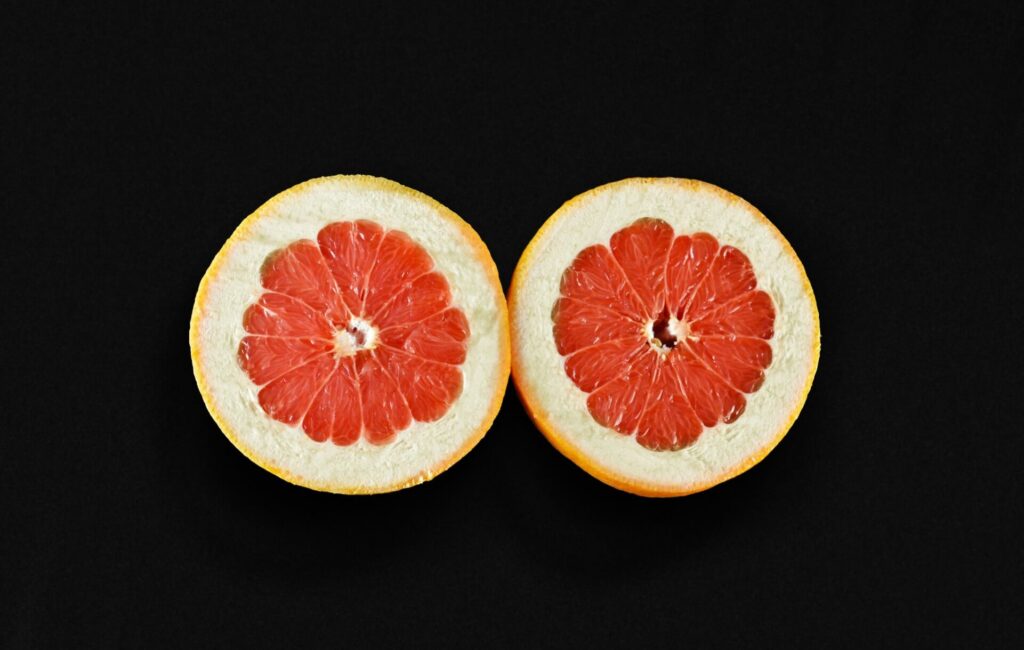Apples with shiny, waxy coatings and plastic-wrapped cucumbers represent the old ways to preserve the post-harvest quality of food. Currently, a new generation of edible smart coatings have entered the market that emphasise use of natural biopolymers and plant-based bioactive compounds to prolong freshness, prevent microbial growth, and promote antioxidant stability for almost 10-15 days post-harvest. Corn starch, Hydroxypropyl methylcellulose, and pectin based films are some examples of edible coatings for fruits and vegetables. While they do lock in the moisture, preventing spoilage, many lack the antimicrobial or antioxidant properties needed for a longer shelf life. This is where the chitosan-aloe-vera-essential-oil blend stands out as a smart skin that combines structural and microbial defence in one layer.
In this article, we deep dive into the unique chemical bonding between chitosan, aloe vera gel, and plant-based essential oils to explore what makes this biopolymer coating edible, safe, and at the same time, very powerful.
To understand the chemistry when chitosan, aloe vera, and essential oils are combined to create a stable bioactive composite, one needs to look at their individual structure, activity and inter-molecular relationship.
Chitosan is a natural polysaccharide derived from the shells of crustaceans. It has antioxidant properties because it serves as a scavenger for free radicals and can chelate metal ions like iron and copper, reducing Fenton reaction-induced oxidative stress. Additionally, it has antimicrobial properties. The biochemical structure of chitosan has positively charged amino groups, that reacts with negatively charged microbial cell surfaces of bacteria such as Salmonella, Pseudomonas and Staphyloccus.
Aloe Vera Gel, on the other hand, complements chitosan with hydrophilic properties and an ability to form films. It is rich in antioxidant vitamins C & E. The wound healing properties of Aloe Vera are due to a bioactive compound Acemannan, that has additional antiviral, antimicrobial and antioxidant properties. It also contains anthroquinones in the form of aloin which inhibits the growth of common pathogenic bacteria such as Staphyloccus and E.coli and fungi such as Candida. Additionally, having an acidic pH of 4.5-5.5 helps maintain the natural pH balance, making it suitable for incorporation into biopolymer coats.
Plant-Based Essential Oils extracted from herbs and spices such as thyme, oregano, and clove contain bioactive compounds such as phenols, terpenes, and flavonoids. These phytoconstituents can act on cell walls and membranes of bacterial and fungal cells causing cell death. Not only, do they act as potent antifungals and antibacterials but they also enhance the flavour or aroma of food. They are categorised as Generally Regarded as Safe (GRAS) by the USFDA, for additives to food.
Combining them sums up not only their individual power but how they interact together. The chitosan-aloe vera matrix provides a flexible, breathable coating surface binding through hydrogen bonds and van der Waals forces. Infused essential oils bind to the polymeric structure, the volatile oils releasing their bioactive compounds slowly to provide a sustained antioxidant effect. Together, they extend shelf-life, reduce oxidative browning, slow down loss of vitamins and inhibit bacterial or fungal growth. The multi-pronged effect is truly powerful.
BotThoughts
Biopolymer edible coatings like chitosan-aloe-vera-essential-oil blends offer a green, science-backed solution to food-tech innovators. Not only do these coatings reduce post- harvest wastage of food due to spoilage but the bioactive chitosan and essential oil can be extracted from food waste itself, promoting a circular economy. There can be nothing more sustainable than putting waste to work, and using natural resources in an efficient and cost-effective manner. This brings an environmentally conscious approach to food preservation, currently used for fruits, and giving researchers the grounds for extending the edible, biodegradable coat to preserve vegetables, cheese and meats and even pharmaceutical capsules in the future.
As the biotechnology industry and food producers embrace this natural technology, we might soon find that the future of freshness especially of cut fruits, lies not in refrigeration, or preservatives or plastic wrap films, but in an edible and biodegradable composite film that works like a second skin.
References
Felicia, Wen Xia Ling, et al. “Advancements in Fruit Preservation Technologies: Harnessing Chitosan, Aloe Vera Gel, and Plant-based Essential Oils for Coating Applications.” Applied Food Research, vol. 4, no. 2, June 2024, p. 100439. https://doi.org/10.1016/j.afres.2024.100439.
Passafiume, Roberta, et al. “Effect of Three Different Aloe Vera Gel-Based Edible Coatings on the Quality of Fresh-Cut ‘Hayward’ Kiwifruits.” Foods, vol. 9, no. 7, July 2020, p. 939. https://doi.org/10.3390/foods9070939.




